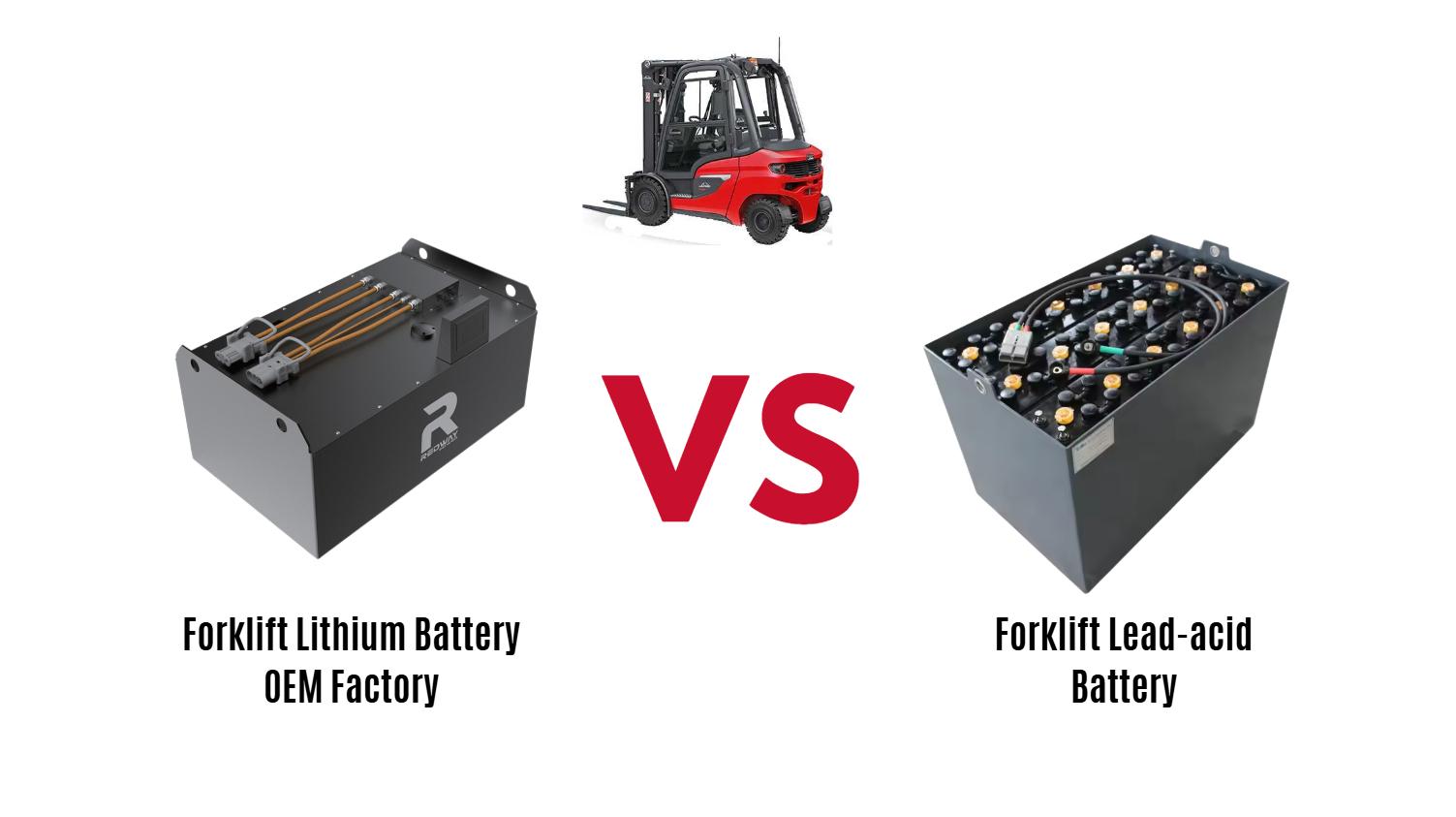Choosing the right Linde forklift battery—lead-acid or lithium-ion—impacts performance and efficiency. Lithium offers faster charging and longer lifespans. Which battery type is right for you? How do they work? How do you choose?
How Do Linde Forklift Batteries Convert Chemical Energy into Electrical Power?
Linde forklift batteries convert chemical energy into electrical energy.
What Are the Key Advantages and Disadvantages of Lithium-Ion Batteries Compared to Lead-Acid Batteries for Linde Forklifts?
Lithium batteries offer faster charging, longer lifespans, low maintenance, lighter weight, and higher efficiency. However, they typically have a higher initial cost.
| Feature | Lithium Batteries | Lead-Acid Batteries |
|---|---|---|
| Charging Time | Fast | Longer |
| Lifespan | Long | Shorter |
| Maintenance | Low | High |
| Weight | Light | Heavy |
| Energy Density | Higher | Lower |
Which Battery Capacity Is Right for My Linde Forklift Model?
Battery capacity depends on the forklift model.
| Forklift Model | Lead-Acid Capacity | Lithium Capacity |
|---|---|---|
| Example Model | Example Value | Example Value |
| Example Model | Example Value | Example Value |
| Example Model | Example Value | Example Value |
How do charge and cool times compare?
Lead-acid batteries require about 8 hours to charge and 8 hours to cool. Lithium batteries require less time to charge and no cooling time.
How Does the Battery Impact the Energy Usage and Efficiency of My Linde Forklift?
Lithium-ion batteries have higher energy density and maintain consistent voltage, leading to energy savings.
What Forklift Battery Handling, Exchange and Extraction Methods Can Improve Efficiency?
Battery slide-outs, side extraction, and a battery lift-out beam are some methods that can improve efficiency.
What Types of Forklift Batteries can I choose from?
Flat plate batteries, tubular plate batteries, high amp-hour batteries, waterless batteries, and maintenance-free batteries are the options.
What are the long-term cost implications of choosing lithium-ion over lead-acid batteries for my Linde forklift fleet, including disposal costs?
Lithium-ion batteries have higher upfront costs but lower long-term costs.
How do specific industry regulations influence the choice of battery type for Linde forklifts?
Industries with stringent hygiene standards may prefer lithium-ion batteries due to their minimal gassing and spill risks.
What are the performance differences of different lithium-ion chemistries for forklift batteries?
Different lithium-ion chemistries offer varying levels of energy density, thermal stability, and cycle life.
Expert Views
Choosing the right Linde forklift battery requires careful consideration of operational needs, budget, and long-term goals.
Conclusion
Selecting the right Linde forklift battery hinges on balancing initial costs with long-term operational benefits.
FAQ
-
How long do lithium batteries last compared to lead-acid?
Lithium batteries typically last longer than lead-acid batteries.
-
What are the main advantages of lithium batteries?
Faster charging times, longer lifespans, low maintenance, and higher energy efficiency.
-
What are the disadvantages of lithium batteries?
They are typically more expensive upfront.
-
How do I choose the right battery capacity for my Linde forklift?
Match the battery voltage and capacity to your forklift model and operational demands.
-
Do lithium-ion forklift batteries require special maintenance?
No, lithium-ion batteries are virtually maintenance-free.




